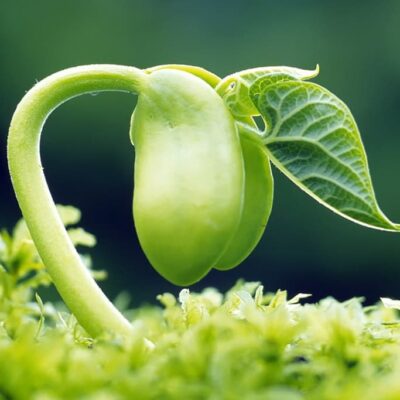The production of food crops in Kenya plays an important role in economic development as a major source of food, income, employment and wealth creation, and saving on foreign exchange expenditures through import substitution. The Food Crops sub-sector contributes approximately 37% of the total agricultural GDP.
The sub-sector is a major occupation of the rural population and accounts for a large share of the total agricultural output. It contributes to the national food and nutritional security as well as income generation through the domestic and export markets. This sub-sector plays a significant role in the delivery of the Sustainable Development Goals of; no poverty, zero hunger, good health and well-being as well as meeting the aspirations encapsulated in various key Government policy documents.
